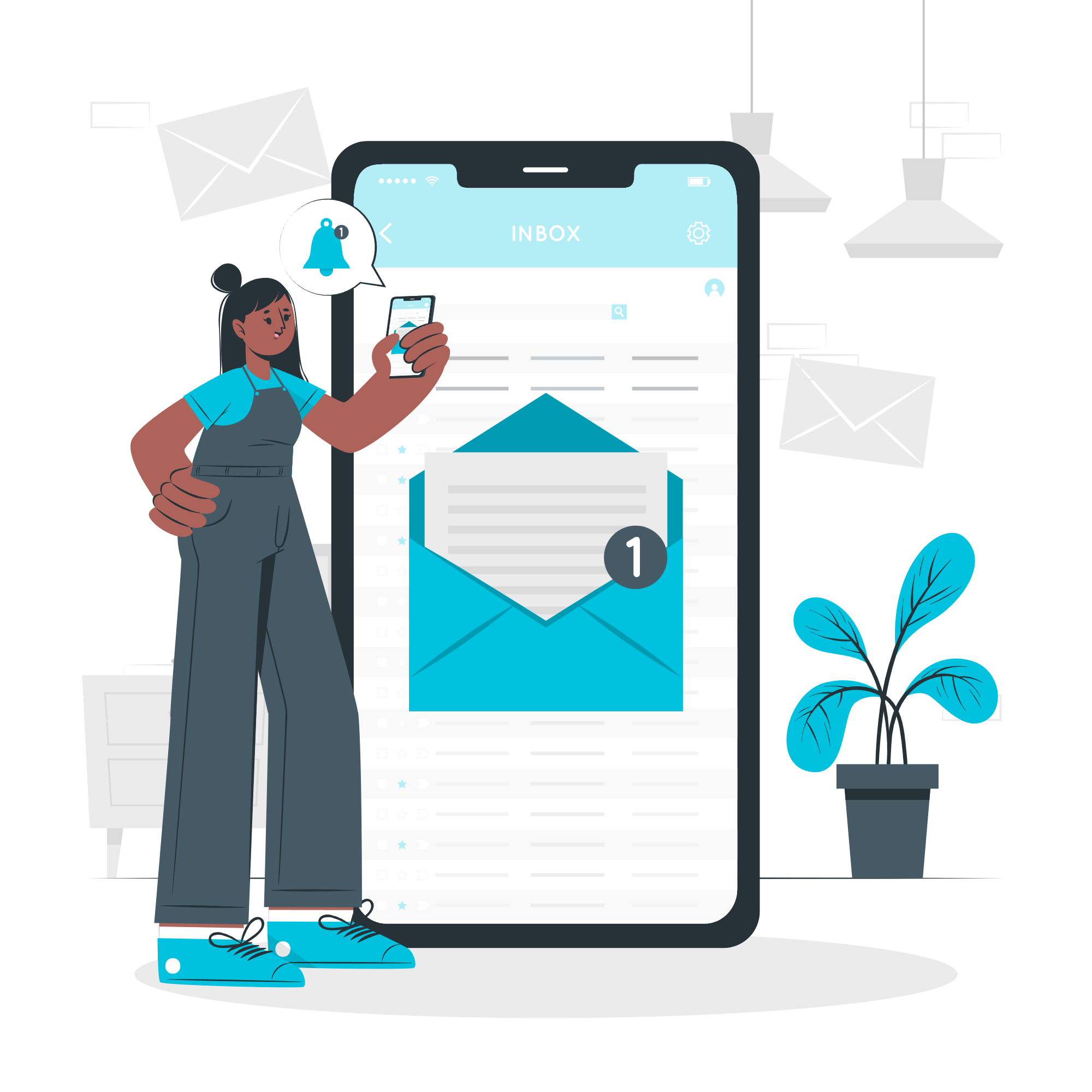Could you please share who you are and what you do?
Jeff Cruz is the Digital Director for CaseMogul, a phone repair and accessories retailer with over 17 locations across Western Canada. Jeff oversees the Ecommerce and Digital Marketing teams in order to give their customers the best online experience possible.
He has been creating digital experiences since the mid 90’s when he created a Bulletin Board Service (BBS) which allowed users to play games, send messages and download free software through the telephone line and modem. More recently, he’s worked with companies and brands such as SportChek, Atmosphere, Canadian Tire, SNDL & CaseMogul.
How do you approach developing an eCommerce strategy that balances user experience with business goals?
My philosophy with eCommerce is that improving user experience is always the ultimate top level strategy. When a user’s experience is top of mind, all business goals, whether it’s increased revenue, brand awareness, increasing market share, customer satisfaction, etc. is improved. Of course, improving different avenues of user experience can be a more focused tool for specific business goals. For instance, improving the look and feel of a website can strengthen brand awareness, whilst a well laid out product page can improve conversion and in turn, revenue.
What key metrics do you prioritize to measure the success of an eCommerce platform?
I don’t prioritize metrics, but instead I prioritize objectives. My key metrics (or key results) can vary from quarter to quarter, depending on the business objective at the time. I utilize a goal-setting method called Objectives and Key Results (OKRs) that tracks progress and achieves results. OKRs have proven to be successful in companies such as: Intel, Google, Adobe, Amazon & more. I create my business objectives for the quarter and then the key results (or key metrics) are the measurable outcomes that determine my success. For instance, if my objective for the quarter is to attain $1M in top-line sales, my two key results will be to increase conversion from 3% to 5% and increase the average order value (AOV) from $100 to $200. The conversion rate key result will have action items such as: add a 1-click buy button, optimize the product page for mobile, reduce page load time, etc. The AOV key result will have action items such as: increase the free shipping threshold to $200, promote product bundling, add more higher value products to the website, etc.
The beauty in using the OKR method is that we measure success against our own goals and not get too hung up on industry averages or what the competition is doing. OKRs should also be transparent to the organization, so everyone knows what everyone is working on. This fosters collaboration and efficiency.
What strategies have you found most effective for driving repeat purchases online?
There’s the old expression, “You Never Get a Second Chance to Make a First Impression”. Although cliche, I think it’s very relevant in driving repeat business, especially in an online setting. Within all parts of the buyer’s journey, we need to ensure they feel valued, respected and important, because they should be.
What platforms (e.g., Google, Meta, TikTok) have you seen deliver the best results for eCommerce, and why?
From a marketing perspective, I feel like all platforms need to be firing on all cylinders to get the best results. Marketing is a team sport and each channel has its place in the team. If one falters or is underperforming, then the whole team suffers. In the most ideal situation, organic search (SEO) draws customers in initially and helps them discover you are a potential solution to their problem or need. Digital ads (Google Ads, Meta, etc.) then follow up with reminders that you are still around, whenever they are ready. Social (Meta, TikTok, etc.) helps customers engage with the brand and build trust. If all platforms on all channels are working, it almost always delivers the best results because they all support each other.
What strategies do you use to reduce cart abandonment rates?
Cart abandonment usually occurs when there are surprises at checkout. For instance, the major ones we try to account for are: unexpected costs, limited payment methods or speed issues. We ensure there is enough messaging prior to checkout of shipping fees, taxes, etc. These days, if you aren’t offering at least all the major credit cards, PayPal and even sometimes a payment plan (i.e. Affirm, Klarna, etc.) then people will not trust you’re a legitimate merchant. In today’s fast paced society, a slow loading checkout experience can just make people give up.
What role do AI and machine learning play in the future of eCommerce marketing?
Although it has made leaps and bounds the past year or two, AI is still in its infancy. We have only scratched the surface of what it can do. I can imagine a day when AI will play a major role in brand selection, to the point where brands might no longer exist because all we’ll need is a product that fills all our requirements. Machine learning, more specifically, has already played a vital role in product search and merchandising, where the content management system (CMS) knows what products to put at the top of the category and search result pages because it has data on things we need. Today we use ChatGPT for product descriptions and titles. In the future, we could have dynamic product descriptions, images and product titles. Whereby the website creates new product names, pictures and descriptions depending on who it is viewing it. I like to tell people who are skeptics or in opposition to AI or technology in general, people are always afraid at first, but after some time we learn not to be afraid; because after all, technology is really just us.


